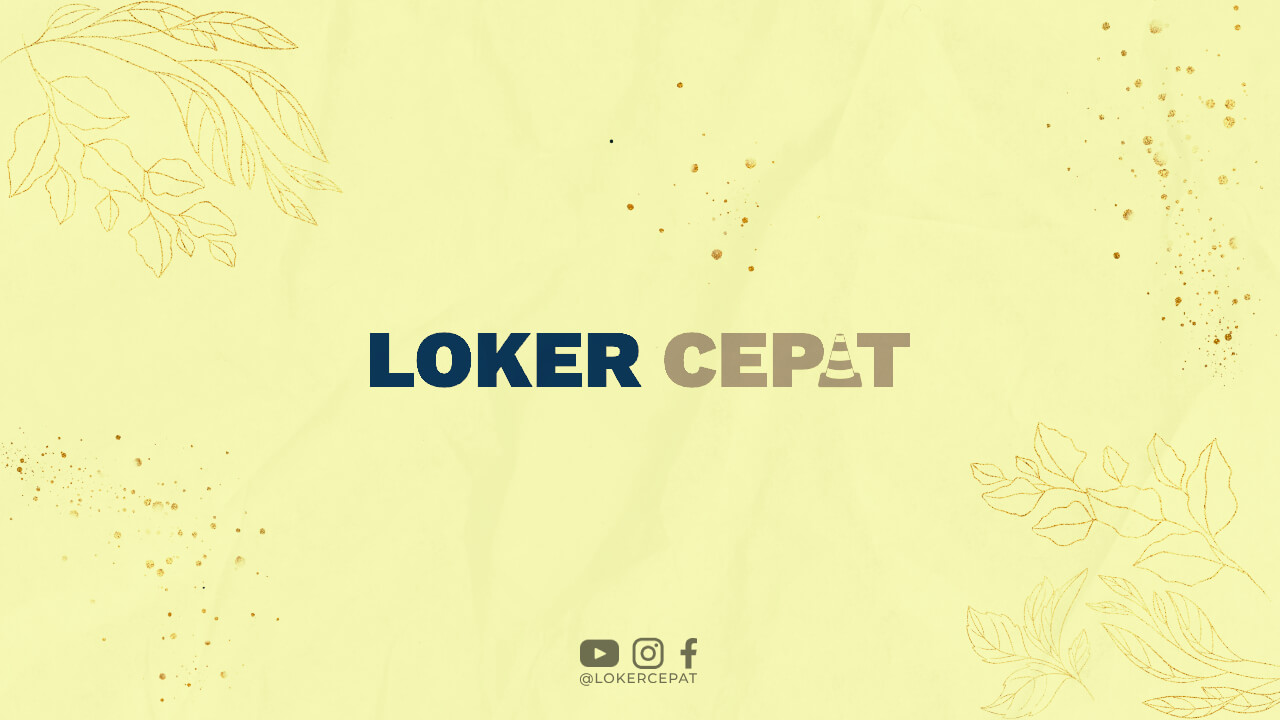In today’s digital age, businesses are increasingly relying on digital assets to enhance their marketing strategies. But what exactly are digital assets? In simple terms, digital assets refer to any form of media or content that can be used, shared, or accessed digitally. These assets play a crucial role in attracting, engaging, and converting customers online. From images and videos to blog posts and social media profiles, digital assets encompass a wide range of elements that help businesses establish and promote their online presence.
The Importance of Digital Assets in Marketing
Digital assets are essential for marketing success in the digital landscape. They allow businesses to effectively communicate their brand story, engage with their target audience, and build a strong online reputation. Here are a few key reasons why digital assets are crucial in marketing:
1. Brand Identity and Recognition
Digital assets such as logos, website designs, and color schemes play a vital role in establishing a cohesive brand identity. Consistent branding across all digital channels helps create brand recognition and fosters trust and loyalty among consumers.
2. Engaging Content Creation
Content is king in the digital marketing world, and digital assets enable businesses to create diverse and engaging content. From blog posts and infographics to videos and podcasts, these assets provide opportunities to educate, entertain, and inspire your target audience.
3. Search Engine Optimization (SEO)
Digital assets are also crucial for improving search engine rankings. By optimizing images, videos, and other media elements with relevant keywords, businesses can enhance their visibility on search engine results pages (SERPs) and attract more organic traffic.
4. Social Media Marketing
Social media platforms have become a powerful marketing tool, and digital assets are at the core of social media success. Compelling visuals, engaging videos, and shareable content increase the chances of your brand getting noticed and shared across various social channels.
5. Lead Generation and Conversion
Well-crafted digital assets, such as landing pages and email templates, contribute to effective lead generation and conversion. By offering valuable content and capturing user information, businesses can nurture leads and guide them through the sales funnel.
Common Types of Digital Assets
Digital assets can take various forms, depending on the marketing goals and target audience. Some common types of digital assets include:
1. Images and Graphics
Visual elements, such as high-quality images, illustrations, and graphics, can significantly enhance the visual appeal of websites, blog posts, social media posts, and other digital content.
2. Videos and Animations
Videos and animations are powerful tools to convey complex messages, showcase products or services, and engage with the audience effectively. They can be shared across multiple platforms, including websites, social media, and video-sharing platforms like YouTube.
3. Written Content
Written content, such as blog posts, articles, eBooks, and whitepapers, are fundamental digital assets that provide valuable information to the target audience. They help establish thought leadership, improve search engine rankings, and drive organic traffic to websites.
4. Infographics
Infographics combine visual elements with concise information to present complex data or concepts in an easily understandable and visually appealing format. They are highly shareable and can enhance brand visibility and engagement.
5. Audio Content
Audio content, including podcasts and recorded interviews, has gained popularity in recent years. It allows businesses to reach their audience through a different medium and provide valuable insights or entertainment.
Conclusion
Digital assets are the backbone of successful marketing strategies in the digital era. They provide businesses with the means to establish a strong brand presence, engage with their target audience, and drive conversions. By leveraging various types of digital assets, businesses can stay ahead of the competition and achieve their marketing goals effectively.

